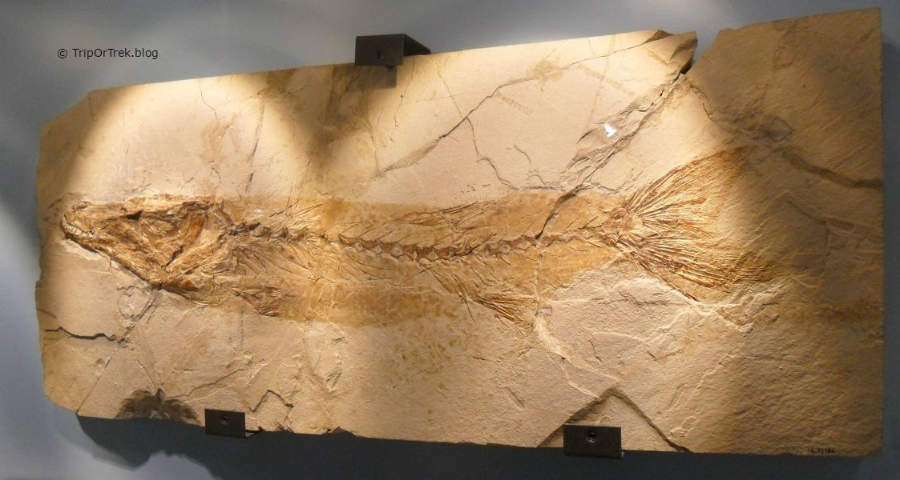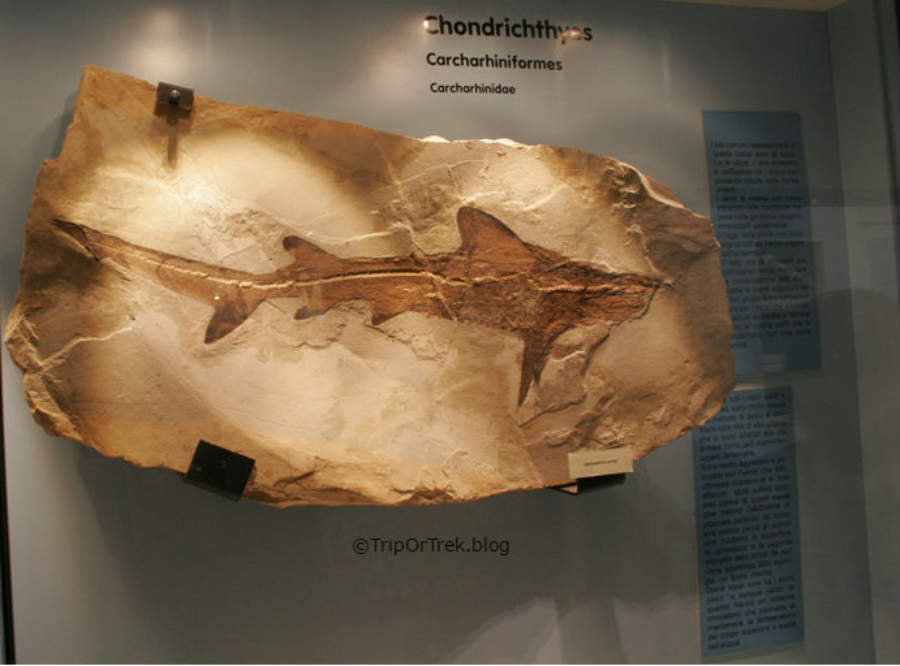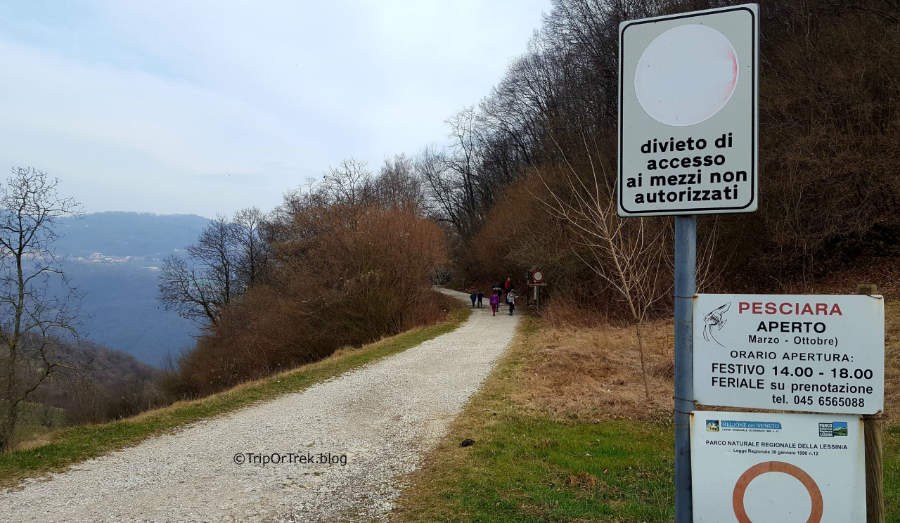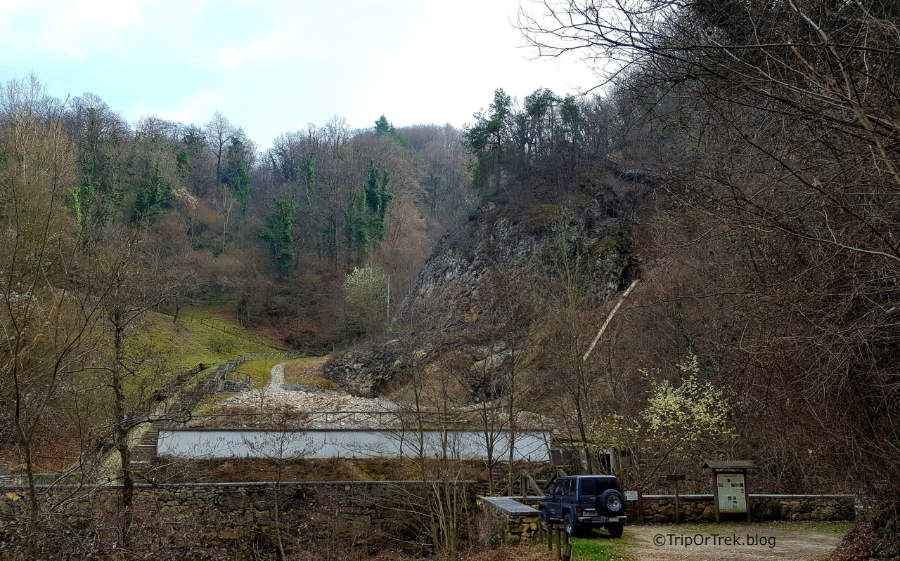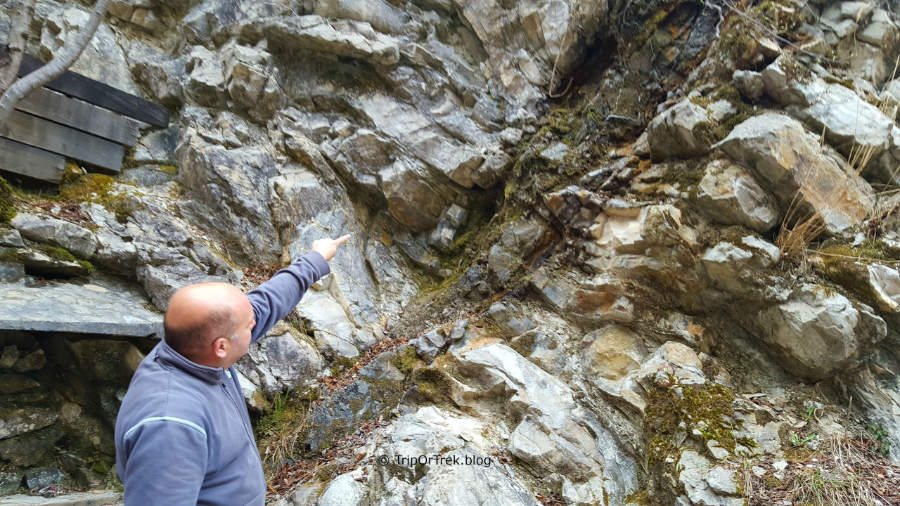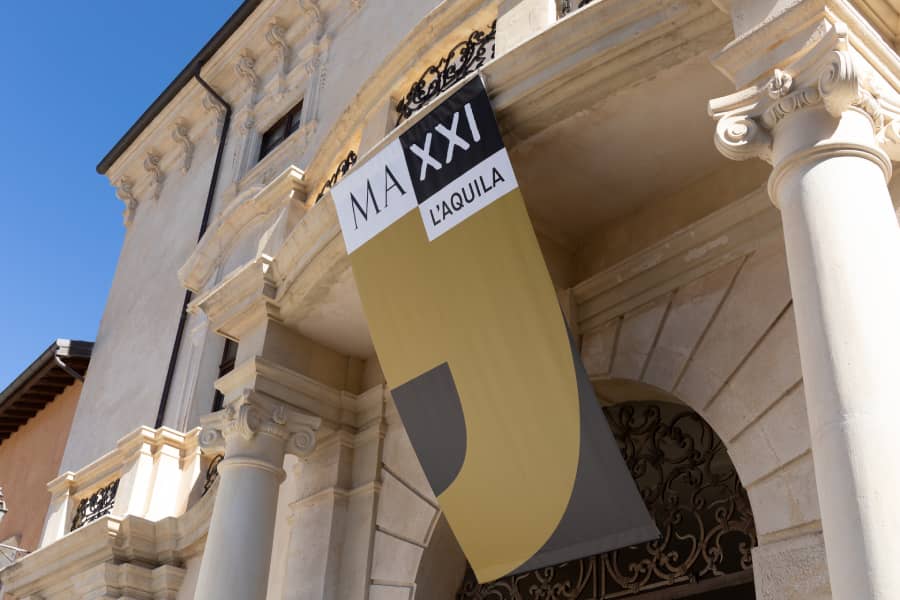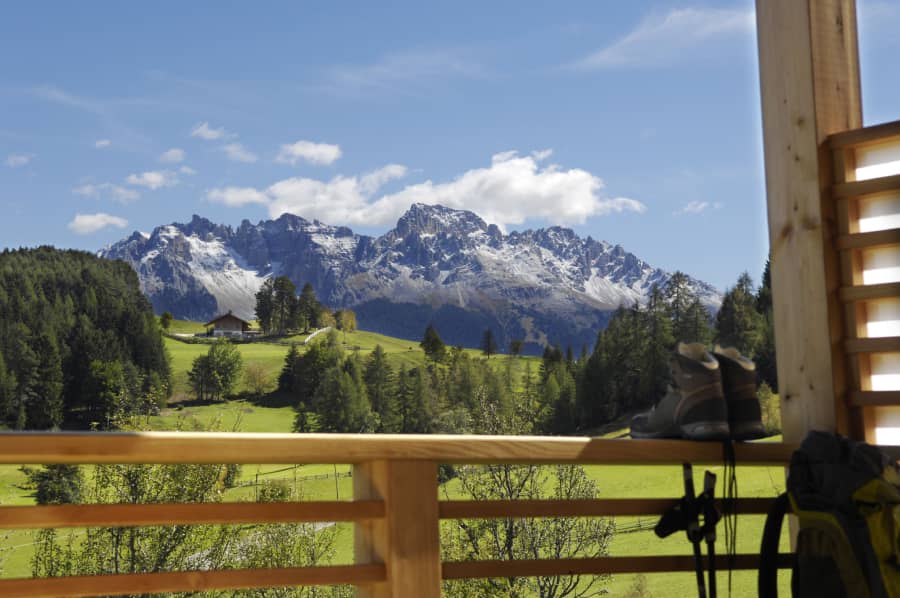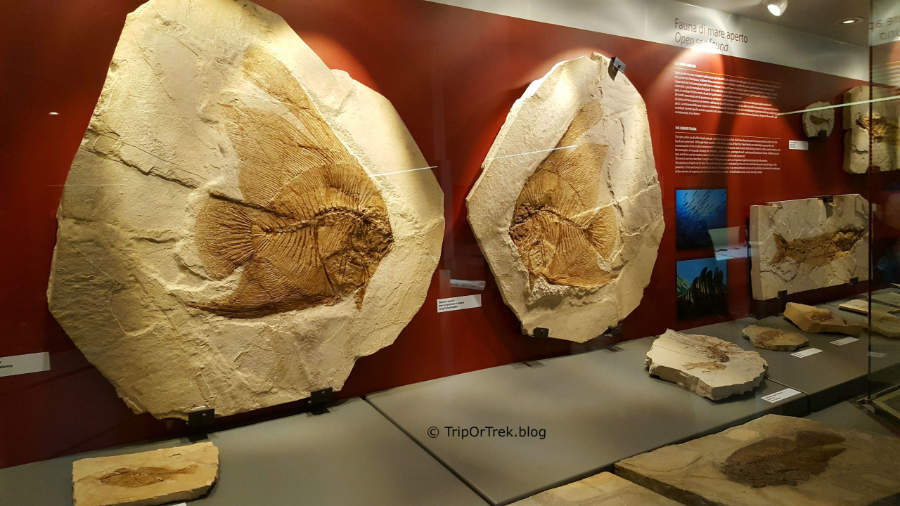
Bolca is a small village located between the mountains Lessini at about 850m above sea level, in the municipality of Vestenanova in the province of Verona. It’s surrounded by high green mountains, a beautiful view, but definitely different from a coral atoll, like those of Polynesia. What many don’t imagine, though, it’s that here, 50 million years ago, there really was a lagoon with warm waters full of plant and animal life. A Bolca, in fact, there is a hidden treasure among the sedimentary rocks of Mount Postale: thousands of fossils of animals and tropical plants, perfectly preserved, which tell an old story, the one of the world’s origins.
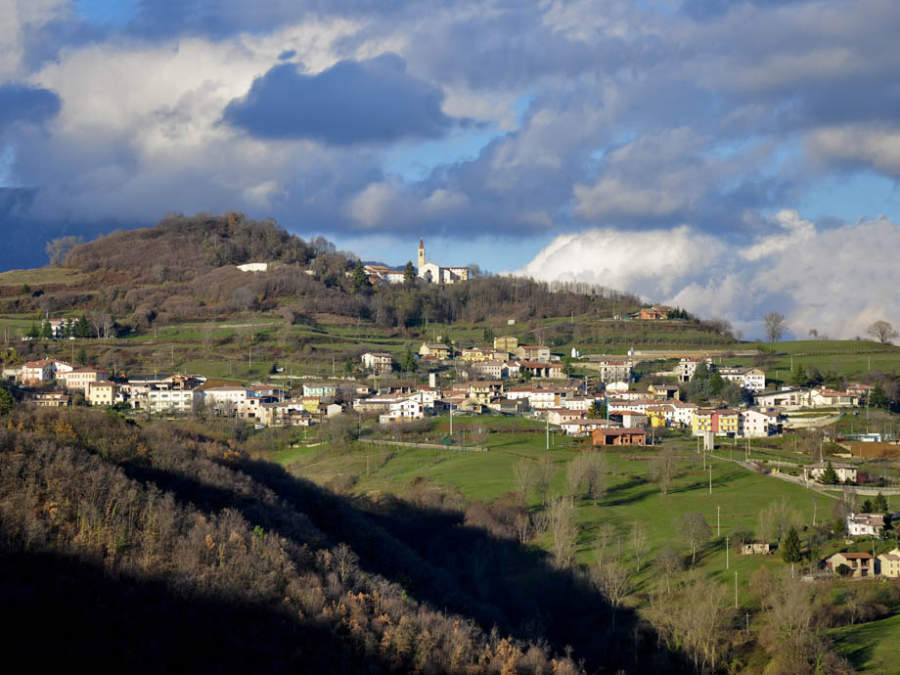
Where today there is the town, 50 million years ago, at the beginning of the Tertiary Era in the period defined the “middle Eocene”, there was a vast lagoon coast, on the edge of the Great Sea of Tethys. It was formed by a series of little deep basins, with calm and very salty waters, enclosed by coral atolls on which there was a luxuriant nature, climate, vegetation and fauna typical of tropical seas. Maybe because of continuous volcanic eruptions and other natural phenomena, many fish of the open sea died and, carried by the current, settled to the bottom of the lagoon basins where they were covered by sand.The continuous movements of the earth and the formation of the Alps contributed to trap forever their skeletons in the rocks, where they remained until man discovered them many years later.
The first documents that tell of Bolca fossils belong to 1555 and over the centuries there were many scientists who came on Lessini mountains to discover them. In particular, the fossils were found in several locations: the Pesciara, the mount Postale, the Vegroni, the mount Purga and Spilecco.The Pesciara is the best known: here men have dug for centuries in the gallery, bringing to light thousands of fossil fish in excellent condition. On Postal mount were found brachiopods, gastropods, and shellfish. In Vegroni are emerged fossils of palm trees and sea turtles, while on mountain Purga were found crocodiles and turtles Both marine and terrestrial. In Spilecco finally were found the shark teeth. In total, over the years, have been brought to light about 250 species of fish and many other animals and plants.
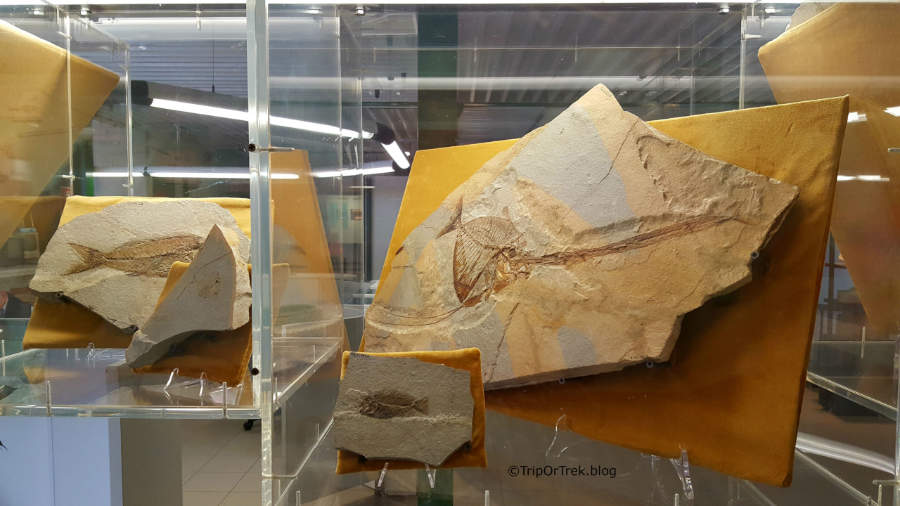
The fate of the fossils of Bolca is inextricably linked to that of the Cerato family. Over time, in fact, the ownership of quarries passed from the noble family Gazzola, to Count Scipione Maffei, to finally get to the families of Rigoni and Cerato. The latter engaged in the extraction of fossil for nearly three centuries have become famous thanks to Erminio and Massimiliano Cerato, to whom we owe the discoveries made in the last century.
Today their heirs carry on the family tradition by managing the museum, open daily from 9 am to 12 am and from 2 to 6 pm, ticket price € 4; reduced 3 euros, and Pesciara, open from March to October, guided tour € 1.50 adults and children 1 €. From the museum to reach the cave you have to travel by car for 2 km up to a large car park from which you start to walk along a dirt road for another kilometer and a half before you arrive in the cave. This itinerary is ideal for all fans of Indiana Jones: in the Pesciara area, in fact, armed with hammers and chisels, you can experience the thrill of searching new fossils in the rocks.
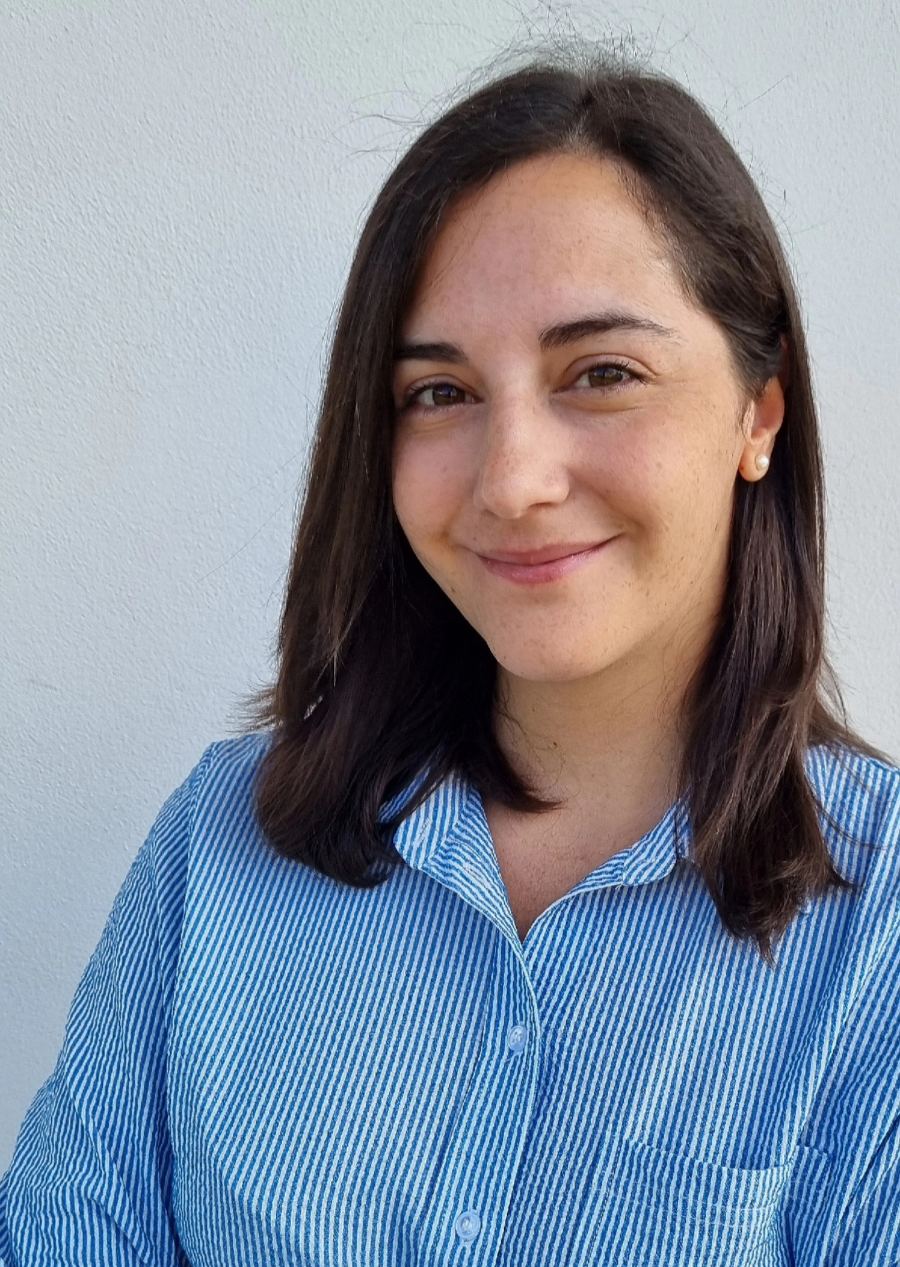
Viaggio e racconto il tuo territorio scrivendo di turismo, marketing territoriale e storytelling nel mio blog TripOrTrek



